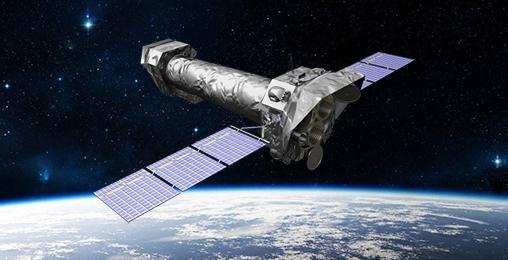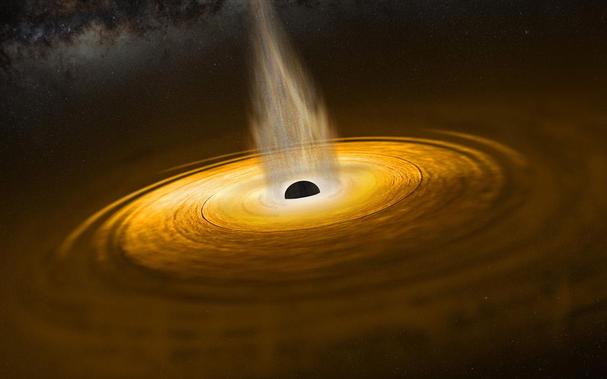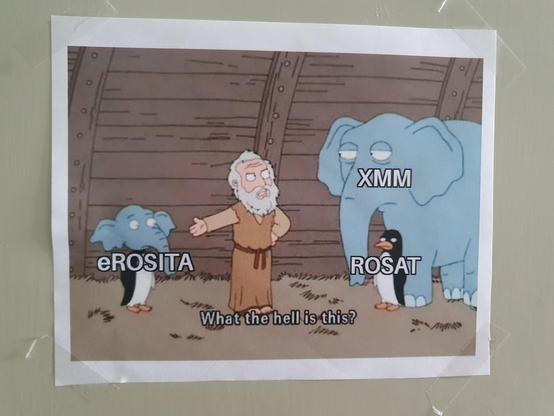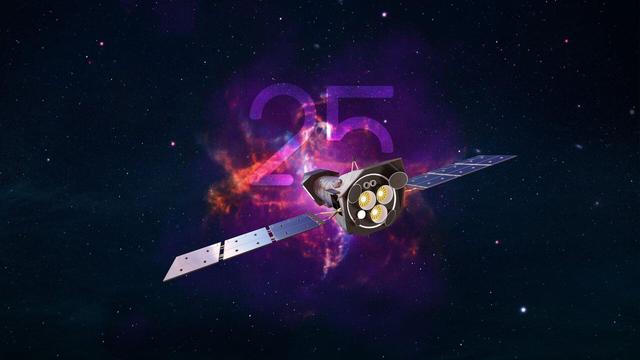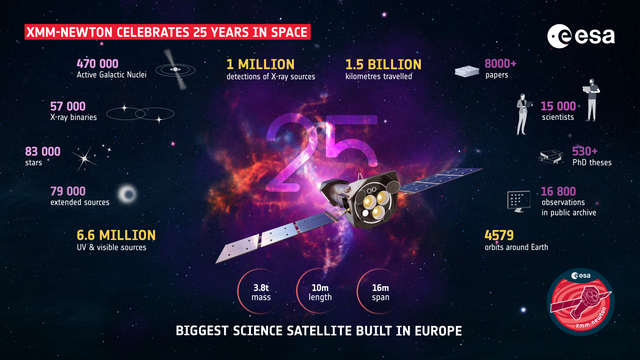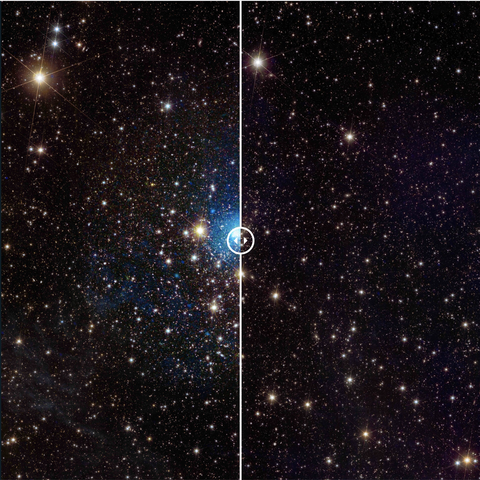#UniBonn:
"
Ein riesiger, heißer Faden aus fehlender normaler Materie
Analyse eines internationalen Astronomen-Teams mit Beteiligung der Uni Bonn stützt kosmologisches Standardmodell
"
https://www.uni-bonn.de/de/neues/111-2025
19.6.2025
#A3528N #A3528S #A3532 #A3530 #Astronomie #Astrophysik #Bonn #Filament #Galaxienhaufen #IntergalaktischesMedium #Leiden #Materie #Matter #Standardmodell #Suzaku #WHIM #XMMNewton

